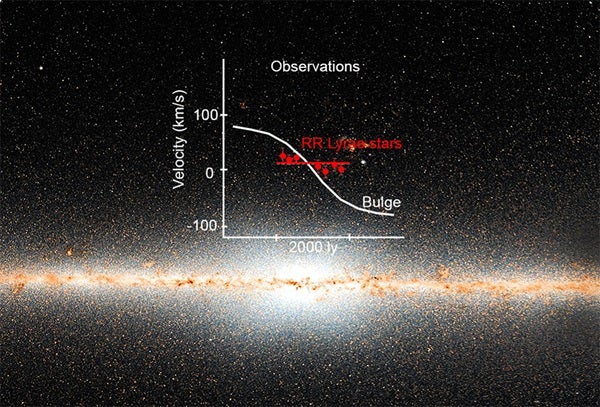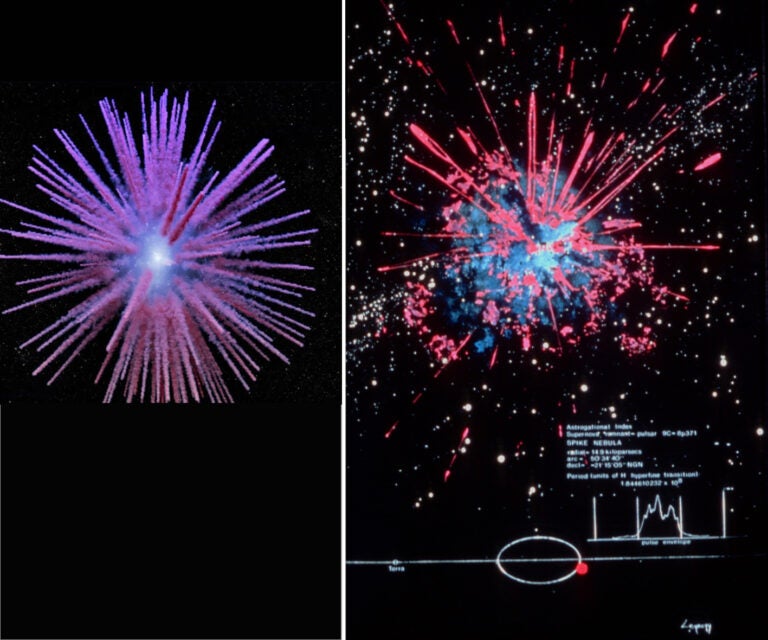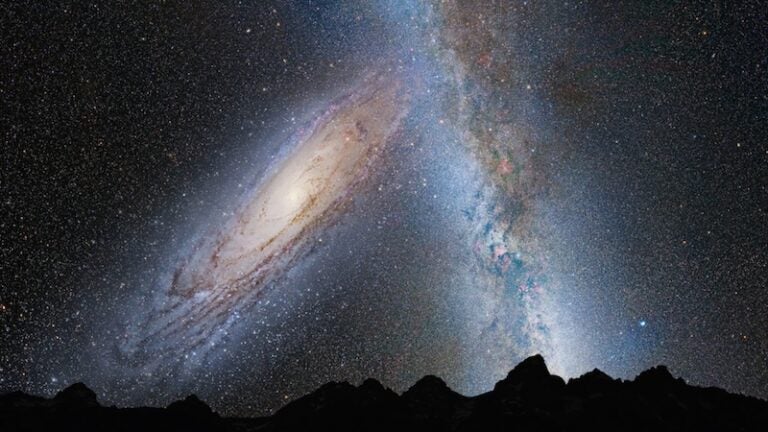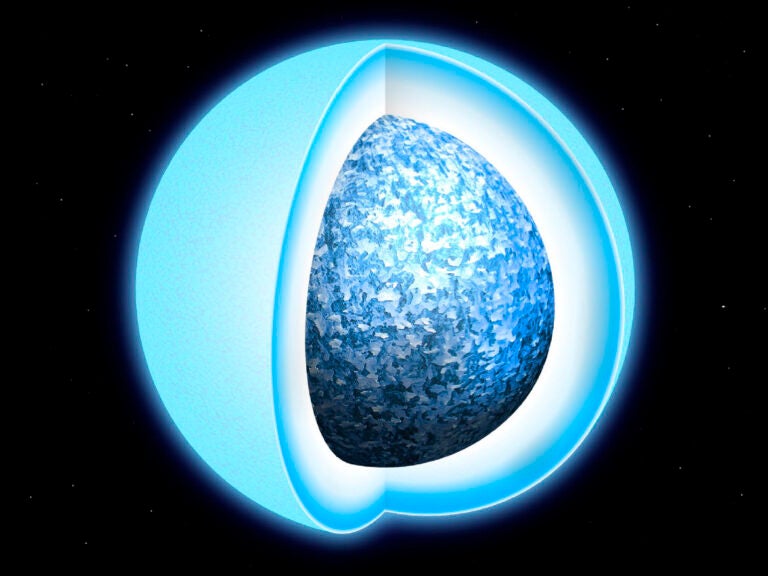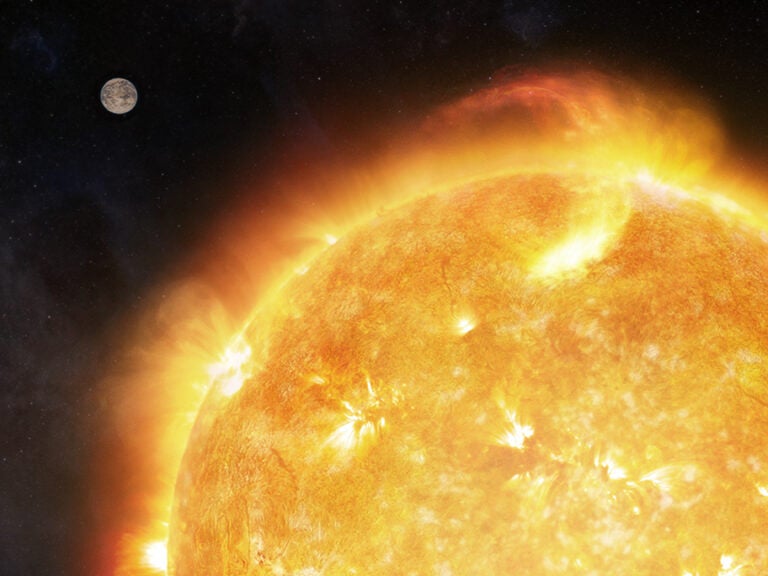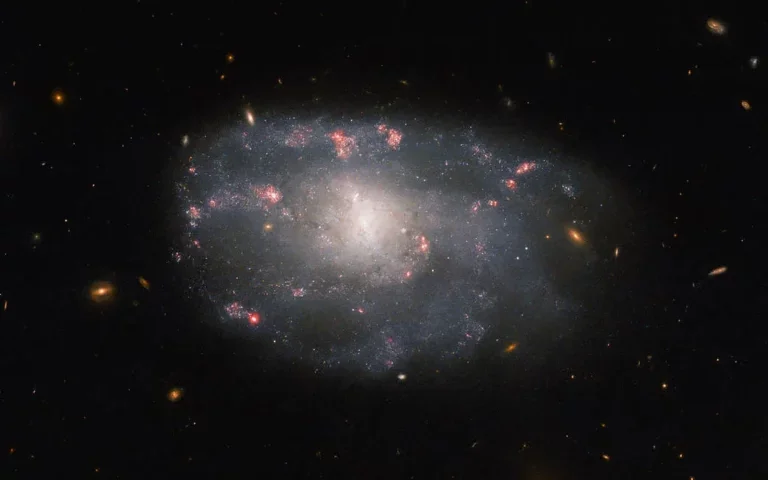For the first time the team kinematically disentangled this ancient component from the stellar population that currently dominates the mass of the central galaxy. The astronomers used the AAOmega spectrograph on the Anglo Australian Telescope near Siding Spring, Australia, and focused on a well-known and ancient class of stars, called RR Lyrae variables. These stars pulsate in brightness roughly once a day, which make them more challenging to study than their static counterparts, but they have the advantage of being “standard candles.” RR Lyrae stars allow exact distance estimations and are found only in stellar populations more than 10 billion years old, for example, in ancient halo globular clusters. The velocities of hundreds of stars were simultaneously recorded toward the constellation Sagittarius over an area of the sky larger than the full Moon. The team therefore was able to use the age stamp on the stars to explore the conditions in the central part of our Milky Way when it was formed.
Just as London and Paris are built on more ancient Roman or even older remains, our Milky Way Galaxy also has multiple generations of stars that span the time from its formation to the present. Since heavy elements, referred to by astronomers as “metals,” are brewed in stars, subsequent stellar generations become more and more metal-rich. Therefore, the most ancient components of our Milky Way are expected to be metal-poor stars. Most of our galaxy’s central regions are dominated by metal-rich stars, meaning that they have approximately the same metal content as our Sun and are arrayed in a football-shaped structure called the “bar.” These stars in the bar were found to orbit in roughly the same direction around the galactic center. Hydrogen gas in the Milky Way also follows this rotation; hence, it was widely believed that all stars in the center would rotate in this way. But to the astronomers’ astonishment, the RR Lyrae stars do not follow football-shaped orbits, but have large random motions more consistent with their having formed at a great distance from the center of the Milky Way. “We expected to find that these stars rotate just like the rest of the bar,” states lead investigator Kunder. Juntai Shen of the Shanghai Astronomical Observatory said, “They account for only one percent of the total mass of the bar, but this even more ancient population of stars appears to have a completely different origin than other stars there, consistent with having been one of the first parts of the Milky Way to form.”
The RR Lyrae stars are moving targets — their pulsations result in changes in their apparent velocity over the course of a day. The team accounted for this and was able to show that the velocity dispersion or random motion of the RR Lyrae star population was high relative to the other stars in the Milky Way’s center. The next steps will be to measure the exact metal content of the RR Lyrae population, which gives additional clues to the history of the stars and enhance by three or four times the number of stars studied, that presently stands at almost 1,000.

